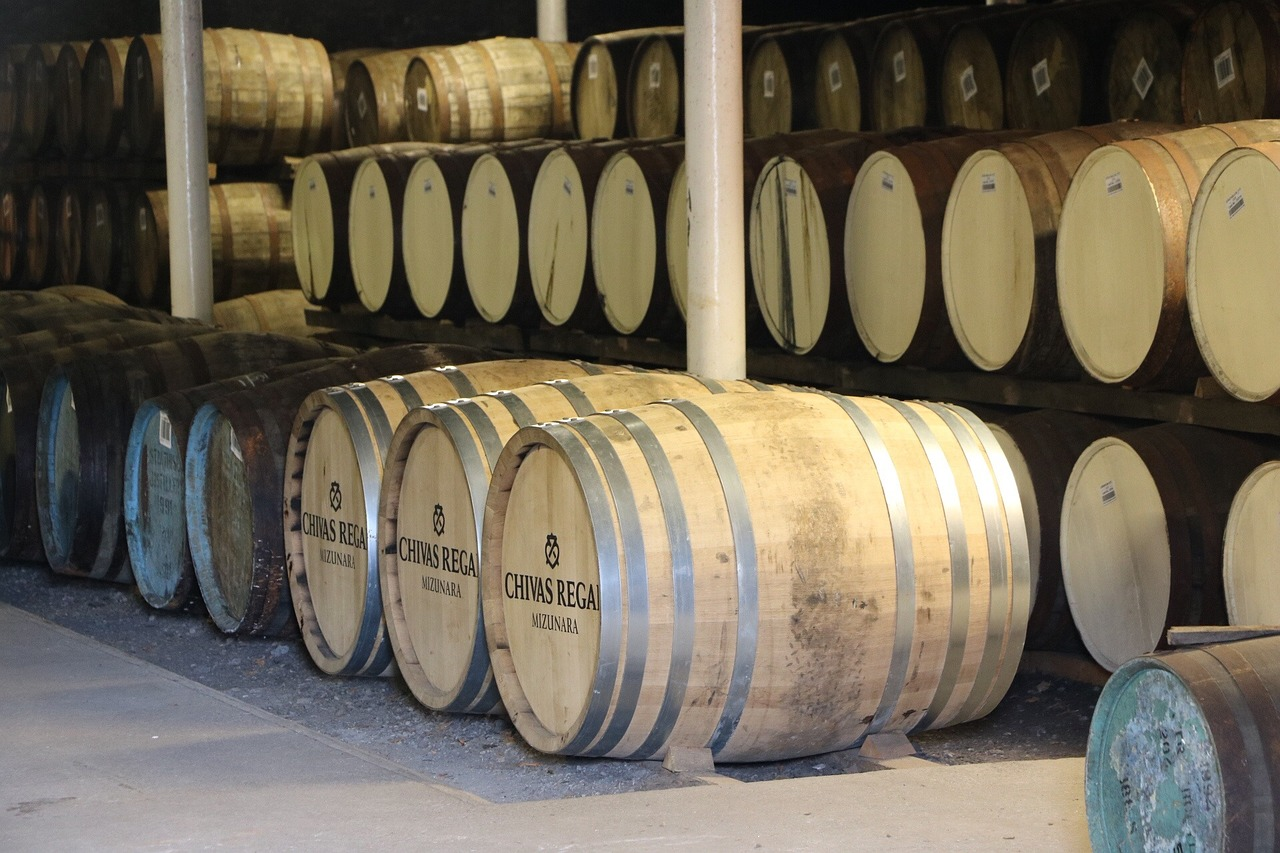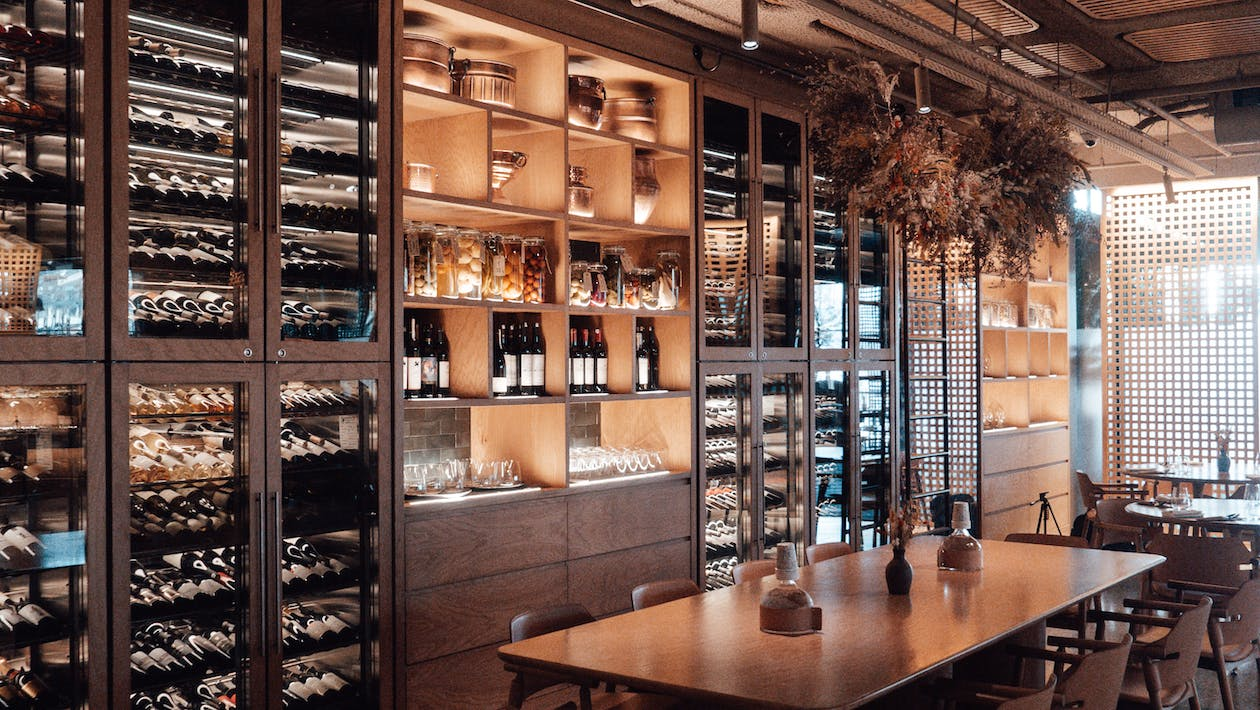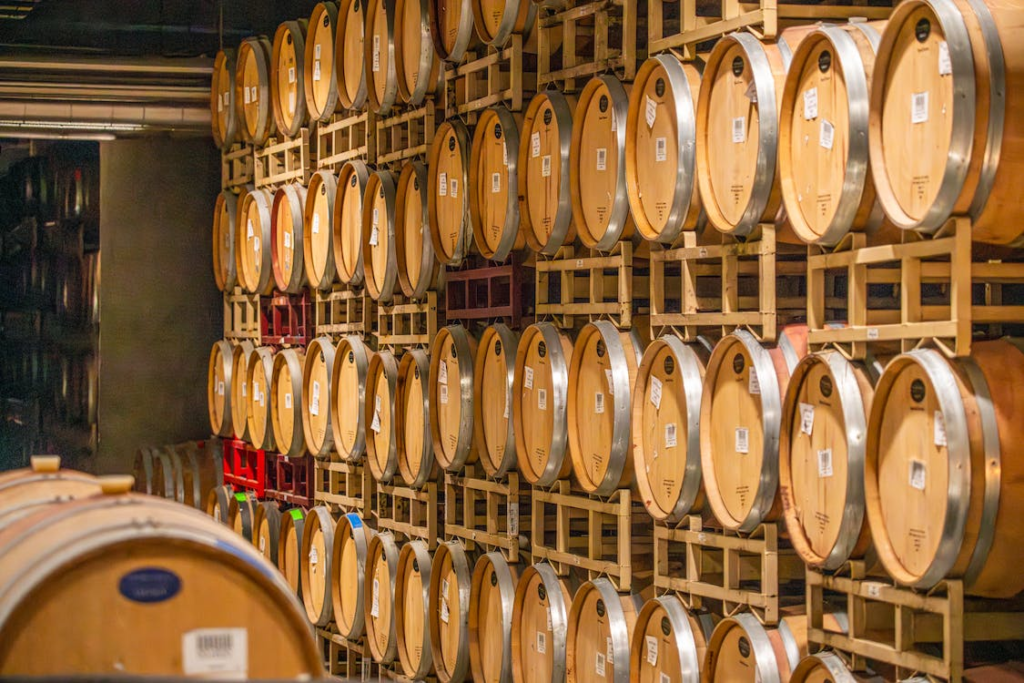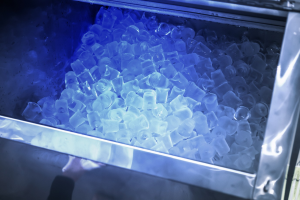The allure of a well-kept wine collection has captivated connoisseurs and enthusiasts for centuries. From the elegant boulevards of Bordeaux to the sprawling vineyards of Napa Valley, the world of wine has a rich history and a complex culture that continues to flourish. To safeguard and showcase their prized bottles, many wine lovers have turned to wine cellar installation—a practice that has evolved dramatically over time.
In this blog, we’ll embark on a journey through the history of wine cellars, explore their diverse uses, and delve into the incorporation of modern technology that has transformed the art of wine storage.
Historical Origins: A Glimpse into the Past

The story of wine cellars is a tale of human ingenuity rooted in antiquity. The oldest known wine cellar dates back to around 1700 BC, discovered in Nahariya in what is now Northern Israel. These ancient cellars were large earthenware vessels buried in the ground to maintain a consistent temperature and store wine for future consumption.
Throughout history, wine cellars have remained a symbol of sophistication and affluence. In medieval Europe, monasteries and noble estates began constructing elaborate underground cellars to safeguard their precious vintages. These cellars, often dimly lit and lined with wooden racks, were equipped with thick stone walls to maintain a stable temperature and humidity, essential for aging and preserving wine.
Uses Beyond Preservation

While the primary function of wine cellars remains the preservation of wine, their uses have diversified over time. Beyond storing wine, cellars have evolved into multifaceted spaces serving several purposes.
1. Wine Tasting and Entertainment
In contemporary times, wine cellars have transcended their humble beginnings as mere storage spaces. They have become vibrant hubs for wine enthusiasts to host tastings, parties, and gatherings. These wine cellars are equipped with tastefully designed seating arrangements and state-of-the-art lighting, transforming them into stylish entertainment areas.
2. Wine Investment
For collectors who see wine as an investment, wine cellars have become essential. Proper storage conditions are crucial for maintaining the value of rare and valuable bottles. Wine cellar installation is a common practice among investors who wish to ensure that their assets remain in pristine condition.
3. Culinary Spaces
Some homeowners choose to incorporate wine cellars into their kitchens or dining areas, creating seamless connections between wine storage and culinary experiences. These spaces often feature wine refrigerators and racks, allowing easy access to wines that complement meals.
The Modern Marriage of Tradition and Technology

While the allure of traditional wine cellars persists, the incorporation of modern technology has revolutionized the wine storage industry. This fusion of old-world charm and contemporary convenience has resulted in wine cellars that are not only functional but also aesthetically appealing.
1. Temperature and Humidity Control
One of the critical aspects of wine cellar installation is maintaining the ideal temperature and humidity for aging wine. Traditional cellars depended on the surrounding environment, but modern technology allows for precise control. Climate control systems, often concealed behind wooden paneling, can regulate the temperature and humidity with utmost precision. This is especially important for long-term storage.
2. Racking Systems
In the past, wine bottles were stored horizontally on wooden racks to keep the corks moist and prevent oxidation. While this method remains relevant, modern wine cellars often feature intricate racking systems that maximize storage space and visual appeal. These can range from sleek metal racks to custom-designed wooden shelves, accommodating different bottle sizes and shapes.
3. Lighting and Design
Modern wine cellars prioritize aesthetics as much as functionality. LED lighting is commonly used to showcase the wine collection and add a touch of sophistication to the space. Design elements like glass walls, stylish doors, and artistic labeling can make wine cellars striking focal points of a home.
4. Inventory Management
Technology has transformed the way we catalog and manage our wine collections. Wine cellar management software and apps help wine enthusiasts keep track of their inventory, monitor aging, and even suggest optimal drinking windows for each bottle.
5. Security Systems
As wine collections grow in size and value, security is a paramount concern. Modern wine cellars often incorporate state-of-the-art security systems, including surveillance cameras, access controls, and alarms to protect the precious contents within.
6. Ease of Access
Many modern wine cellars are designed with convenience in mind. Some feature automated systems that retrieve desired bottles from storage at the push of a button, sparing owners the trouble of navigating a labyrinth of racks to find the perfect wine.
7. Energy Efficiency
In the spirit of eco-consciousness, wine cellar installation often incorporates energy-efficient features, such as improved insulation and cooling systems that reduce environmental impact.
The Future of Wine Cellars

As technology continues to advance, the future of wine cellars holds exciting possibilities. We can expect even more integrated, intelligent, and sustainable wine cellar solutions. Smart home technology will likely play a larger role in wine cellar management, allowing owners to monitor and adjust cellar conditions remotely.
Moreover, eco-friendly wine cellars will become more prevalent, harnessing renewable energy sources and innovative insulation techniques to minimize environmental impact. The incorporation of artificial intelligence may provide wine enthusiasts with personalized recommendations for their collections, enhancing the overall wine experience.
Final Thoughts
In conclusion, wine cellars have a rich history, evolving from ancient clay pots to sophisticated spaces where tradition and modern technology coexist. Wine cellar installation has become a symbol of passion, investment, and the desire to preserve the legacy of exceptional vintages. As we move forward, technology will undoubtedly continue to transform the world of wine storage, ensuring that the art of wine collection remains as captivating as ever. Whether you’re a seasoned oenophile or just starting your wine journey, the wine cellar is a testament to the enduring allure of the grape and the innovation that sustains our love for it.
Contact Airplus Refrigeration for Expert Commercial and Residential Wine Cellar Installations in Los Angeles
For top-notch refrigeration solutions in Los Angeles, look no further! Contact Airplus Refrigeration today for expert commercial and residential wine cellar installations with cooling solutions. They offer a range of services, including commercial ice machine repair, cooler and freezer maintenance, and more. Get in touch with them now for all your refrigeration needs!





































